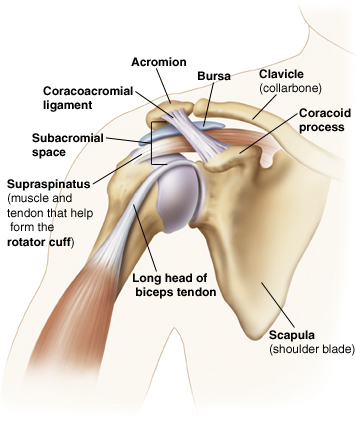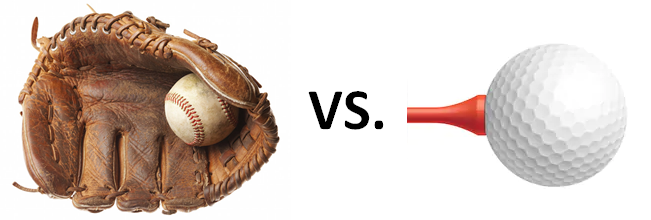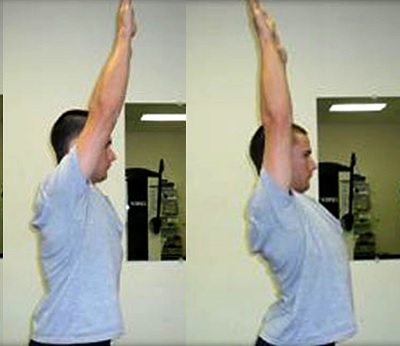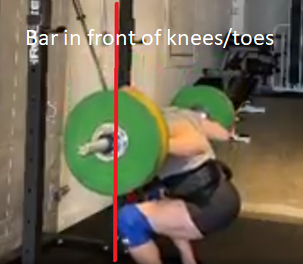Why All the Band Work?
by Erik Castiglione
If you’ve been to class at all in the last 5 months since we’ve reopened, you might have noticed that we frequently include band work in our warm-ups. Particularly, band work that targets the posterior shoulder. The coaches all harp on performing these movements with purpose, rather than half-assing them. And lately, I’ve heard some complaints: “Pull-aparts AGAIN?” So, it’s time to explain why we include them, and why you should do them with effort and focus.
To start, we need to take a brief look at the shoulder joint itself. If you recall your 7th grade biology, you might remember that there are 6 types of joints in the body. At least, you might remember that we have ball & socket and hinge joints. In this case, we’re only concerned with ball & socket joints, so don’t worry about the other 5.
Hopefully, when you hear “ball & socket,” your hips and shoulders come to mind. They are often used analogously to compare movement in the upper and lower bodies, but they are quite different joints. The best analogy I’ve heard to describe them is that the hip joint is like a baseball in a glove – very snug and secure. The shoulder, on the other hand, is like a golf ball on a tee – it’s a much looser joint.
For stabilization during movement, we rely on the shoulder blades; they connect the upper arm to the collar bone. The shoulder blades can only move and stabilize properly if our thoracic spine is in proper position, if the muscles needed to move the shoulder blades are developed, and if we can properly engage them.

As a country, we spend too much time hunched over screens, desks, papers, patients, what have you. As a result, we round our shoulder forward, and our chest muscles become accustomed to this “shortened” position. This in turn pulls our shoulders forward in their sockets, and puts our thoracic spines in poor position. Poor thoracic health can lead to a whole slew of health issues, not to mention hindered performance in the gym. If you’re unable to lock the bar out straight overhead without compensating in your lower back, it’s likely due to poor thoracic mobility.
Incidentally, my former coach, who played semi-pro rugby, and was a competitive powerlifter/strongman has severe knee pain now when he squats with a barbell. Why? His thoracic spine is a mess from rugby, and as a result, when he squats, the bar ends over his toes instead of his mid-foot. The forward weight distribution led to knee pain.
To further compound the issue, much of CrossFit involves pushing movements, which further engage and development our anterior musculature (like our pecs). Poor position coupled with repeated pressing causes a downward spiral. To counter this, we MUST develop our posterior shoulder muscles. Even without our chronic hunched positions, developing these posterior muscles allows us to create a strong platform from which we can press. For this reason, many strength programs encourage a ratio of 2:1 for pulling to pushing. To correct our poor posture, the Pain-free Performance certification I just took recommends a ratio of 3:1. My aforementioned coach is a big believer in a ratio of 4:1.
These ratios refer to TOTAL reps. So, if we have a press day, and we’re performing 20 reps for our work sets, plus warm-ups…call it 15 reps, plus 40+ reps in a metcon, it’s easy to accumulate upwards of 70 pushing reps. This means we need >210 reps of pulling movements to stay balanced. Performing 3 sets of 10 EACH pull-aparts, pass throughs, and high pulls gets us to 90 reps of pulling just in our warm-up! It’s a GREAT start to trying to balance ourselves out and keep our shoulders healthy. So, treat our band work with respect. Do your reps with focus and intent, and your shoulders will thank you.



